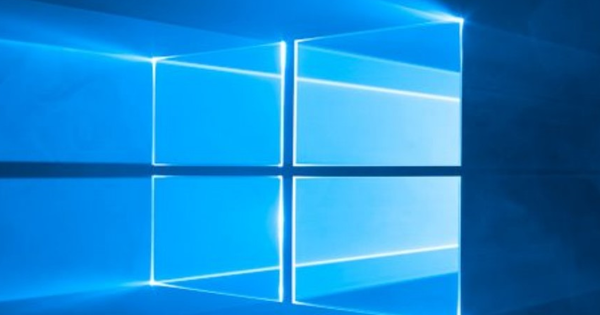Google is doing quite well, with its successful search engine and numerous other price shooters like Android, Gmail and Google Maps. The internet giant sometimes misses the mark.
The recent news reports that Google's social network, Google+, is being taken off the air after a data breach, shows once again that Google sometimes has to go through the dust. The internet giant has had to make more such choices over the years. We list 11 Google products that completely failed.
1. Google+
To start with Google+ right away: in October, a data breach at Google came to light, which allowed the hijacking of data of up to 500,000 Google+ users. The Google+ bug that caused the data breach meant that profile data that had been protected by the user could be viewed. Think of data such as your name, address, gender, age and work. In a response, Google pulled the plug on the social network Google+.

2. Google Answers
Google's first project, Google Answers, was launched by co-founder Larry Page in April 2002 as a knowledge marketplace, where users could ask questions to a team of experts. The Google Answers Researchers would answer all your questions. However, the service proved unprofitable and in December 2006 it was decided not to answer any new questions. However, the archive of old questions that have been asked is still accessible.
3. Google Lively
Google Lively was launched in July 2008 and was supposed to be a response to the popular world of Second Life. In the digital world, players could decorate their own rooms, create an avatar and then share everything in blogs or websites. There were also YouTube videos to watch on virtual TVs and it was possible to implement photos. Only six months after its launch, Google decided to close the project. The search giant wanted to focus more on its core activities, it said at the time.

4. Google Buzz
Launched in February 2010, Google Buzz was a social media application that helped users organize their online conversations in social networks. Gmail users were able to communicate with contacts from different networks directly from their mail using Google Buzz. In 2011, the internet giant decided to pull the plug on the application, after various privacy problems.
5. Google Wave
Google Wave was launched in 2009 as a service that allows multiple people to work on a project. Think of documents and spreadsheets. In addition, it was possible to respond to each other's edits by means of a special chat system. Wave was fully integrated into your browser, so there was no need to download a separate program. However, Google Wave did not catch on, partly due to the complicated interface, so that the service was discontinued in 2012.

6. Google Video
Google Video was supposed to give YouTube a hard time when it launched in 2005, but instead of competing with the video service, Google decided in 2006 to just take over YouTube itself. After the acquisition, Google Video's features were phased out.
7. Google Health

Google Health is actually Google's variant of the electronic patient file, only with Google's variant can the patient keep his own file and not just the medical authorities. However, there was no success and the service had few users. Google discontinued the service on January 1, 2012, the data was then permanently deleted on January 1, 2013. The lack of success of Google Health, according to Google, is because it failed to get the important parties in the healthcare sector to support the system.
8. Google Reader
The online feed reader Google Reader existed since 2005 and had a few million users. Pretty successful you would say, but it was decided to discontinue the service. Google couldn't find any ways to monetize the RSS service.
9. iGoogle
Google Personal Home, which allowed users to supplement the Google homepage with headlines from news sources, among other things, underwent a metamorphosis in 2007 when it was renamed iGoogle. However, the metamorphosis did not stop Google from pulling the plug on the project. The internet giant wanted to focus more on the development of Goolge+.

10. Google Glass
While we are now looking at many new variants of virtual reality and augmented reality, including Microsoft Hololens and Oculus Rift, there was once an alternative from Google that was so futuristic, it almost seemed to come from another era: Google Glass. The wearable computer in the form of glasses was temporarily sold as a prototype in 2013 with a public launch in 2014. However, privacy watchdogs around the world were not satisfied with the privacy policy surrounding Google Glass. For example, it would be too easy for users to secretly make recordings. In addition, Google's smart glasses suffered quite a bit from software problems and the high price tag also stopped people from purchasing the glasses.
11. Google Nexus Q
The Nexus Q had to become the center of your home network. You can connect the media player to your speaker or home cinema system via an HDMI cable and a digital audio output. Once connected, you could easily connect to the Nexus Q using your Android smartphone or tablet and stream photos, videos and music to your installation or TV. A kind of hub with which all media can be streamed. However, the Nexus Q received a lot of criticism, partly because of the high price and limited functions compared to, for example, an Apple TV. Ultimately, the Nexus Q never became available to the wider public.


